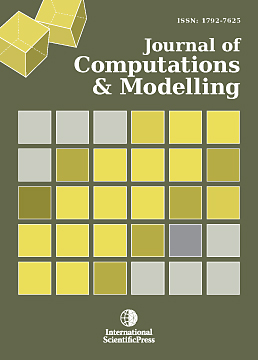Journal of Computations & Modelling
Research on Minimum Safety Distance in Free Flight Based on CNS Performances
-
 [ Download ]
[ Download ]
- Times downloaded: 10797
-
Abstract
Free flight is one of effective methods to solve airspace congestion in the future. In order to guarantee safety of flight in free flight environment, the minimum safety distance was studied. Within circumstance that collision avoidance system hasnít started to make TCAS logic judgment to flight nearby, communication, navigation and surveillance (CNS) performances play a decisive role to minimum safety distance. The position errors, which were affected by CNS performances, were regarded as Brownian motion along the coordinate direction respectively. Then a model for collision risk in free flight environment was established basing stochastic differential equations. Minimum safety distance between flights can be obtained using dichotomy to optimize under the given Target Level of Safety (TLS). The example shows that the model is feasible.
